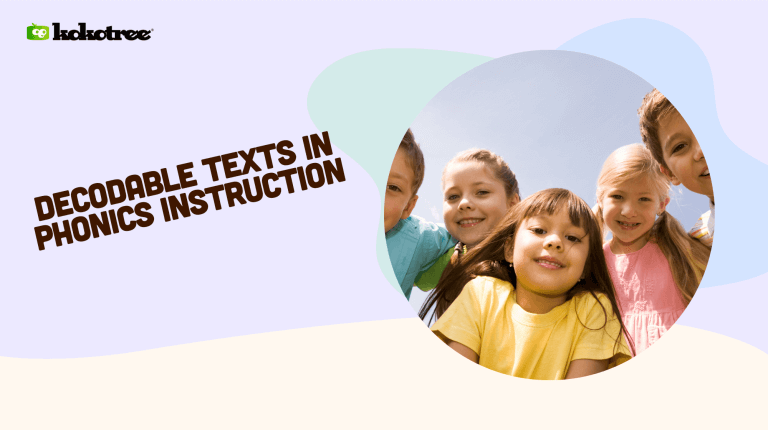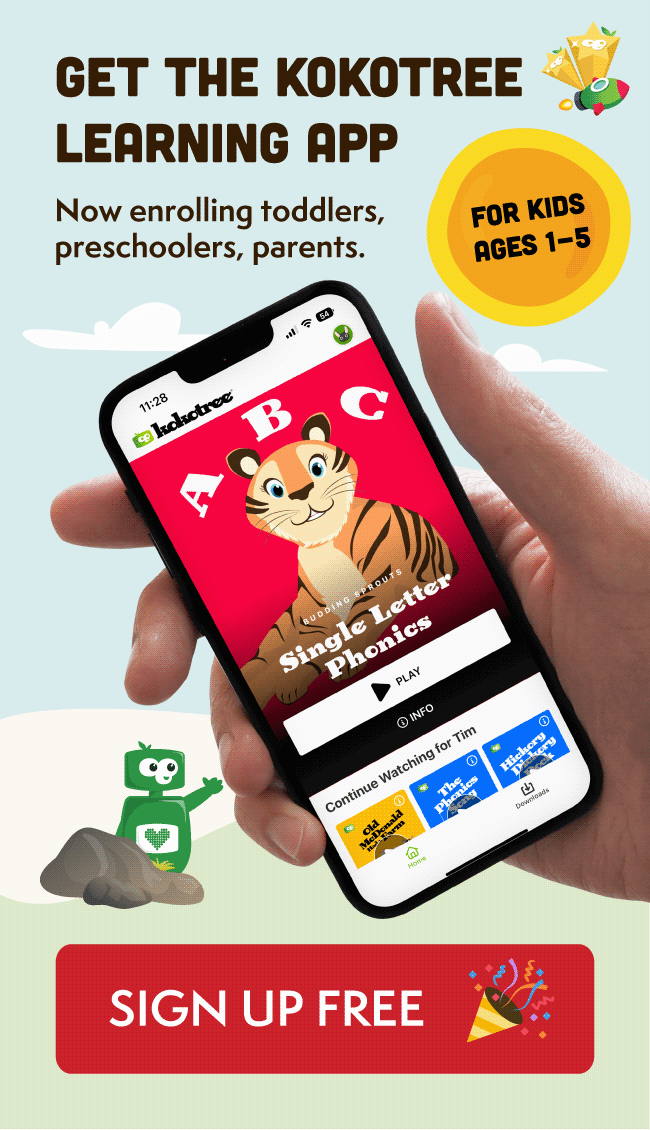

Welcome to our blog! Today, we’re discussing a crucial tool in your child’s reading journey: decodable texts. Decodable texts are books or passages designed specifically to help young readers develop and strengthen their phonics skills by containing words that are easily decodable.
As a parent seeking to support your child’s literacy, these texts are incredibly beneficial in building their reading fluency and confidence. In this post, we’ll explore what decodable texts are, how they work, and why they’re an essential resource for any child learning to read. So, grab a seat, and let’s dive into the world of decodable texts and phonics instruction!
Decodable texts are an essential part of phonics instruction as they contain words that can be easily sounded out and decoded using the phonics skills a child has already learned.
This helps young readers practice and reinforce their understanding of letter-sound relationships, blending, and segmenting, ultimately improving their reading fluency and building their confidence in reading.
Decodable texts are designed to be accessible and engaging, giving children the opportunity to experience reading success and develop a love for reading as they grow.
Decodable texts are specifically designed to be a stepping stone for children who are learning to read through phonics. These books and passages feature words that follow the phonics rules your child is learning, making them great tools for practice and reinforcement.
It is essential to select decodable texts that are appropriate for your child’s current phonics abilities. Look for books and passages that correspond with what they have learned, as this will give them the opportunity to build on their existing knowledge and experience success in their reading journey.
Choose texts that your child finds interesting and relatable, as this will keep them motivated and engaged in their reading practice. Look for age-appropriate topics and themes, such as adventures, animals, or friendship. With the right content, your child will be more excited to read and practice their phonics skills.
Combining decodable texts with a phonics-focused learning app for kids can accelerate your child’s reading development. An app can reinforce the skills they learn from print materials, providing engaging and interactive exercises that help solidify their understanding of phonics concepts.
When your child is reading decodable texts, promote active reading by asking them to sound out unfamiliar words or blend the sounds together to read the word. Encouraging your child to use their phonics skills while reading will strengthen their abilities and help them become more fluent readers.
Learning to read takes time and practice, so be patient with your child as they work through decodable texts. Offer guidance and support when necessary, while also giving them the space to develop their own strategies and problem-solving skills.
As your child progresses through their phonics journey, it’s important to recognize and celebrate their small achievements, whether it’s decoding a new word or completing a decodable text. Praising their efforts will boost their confidence and motivate them to continue developing their reading skills.
Keep in mind that using a diverse range of decodable texts can help keep children engaged and motivated with their phonics practice. There are numerous types of decodable materials to choose from – including fiction, non-fiction, poetry, and more – giving your child the chance to explore different genres and styles of writing.
As children gain confidence in their phonics skills and become more fluent readers, they will gradually transition to texts that include more complex and high-frequency words. These texts may introduce new spelling patterns, vocabulary, and sentence structures, further building on your child’s reading skills.
Stay in close communication with your child’s teachers and educators to ensure their phonics instruction is consistent both at school and at home. By working together, you can provide additional support and resources tailored to your child’s individual needs and monitor their progress effectively.
Establishing a reading-friendly environment at home positively impacts your child’s motivation and enthusiasm for reading. Dedicate a comfortable and inviting space where they can enjoy their decodable texts, and encourage family members to participate in reading practices together, creating a supportive and nurturing learning space.
Here’s a list of common questions and answers related to decodable texts and phonics instruction. We hope this section will help clarify any doubts and provide helpful information for supporting your child’s reading journey.
Decodable texts are designed to help young readers practice and reinforce their phonics skills to improve reading fluency and confidence. They contain words that can be sounded out and decoded based on the phonics concepts a child has learned.
No, decodable texts are helpful for all children learning phonics, regardless of their reading abilities. They offer targeted practice and reinforcement for children at various stages of their reading development.
Choose decodable texts that match your child’s current phonics level and contain age-appropriate themes and content that they find interesting and engaging.
Introduce decodable texts when your child begins learning phonics, as they can provide early practice to help develop essential reading skills and strategies.
While decodable texts focus on phonics-based practice, leveled readers offer a broader range of texts and vocabulary appropriate for various reading levels. Leveled readers help children develop reading comprehension, vocabulary, and fluency skills as they progress in their reading journey.
Your child should read decodable texts regularly, ideally daily or multiple times a week, to ensure consistent practice and reinforcement of their phonics skills.
Yes, decodable texts can be useful for older children or struggling readers who may need targeted phonics practice to build reading fluency and confidence.
When your child consistently reads decodable texts with ease and confidence, they may be ready to progress to more challenging texts that include more complex vocabulary and sentence structures.
While decodable texts are helpful tools for phonics practice, you should also expose your child to other types of texts to enrich their reading experiences and develop well-rounded literacy skills.
Yes, you can create your own decodable materials by composing short passages or stories that incorporate the phonics concepts your child is learning. This can be a fun and engaging way to personalize their reading practice.
Yes, many websites and apps offer digital decodable texts that can be accessed on tablets or computers, providing additional variety and convenience for your child’s reading practice.
Encourage active reading, asking your child to sound out words using their phonics skills. Offer guidance and support when necessary but give them the space to develop their own reading strategies.
Reading aloud helps children practice and develop their phonics skills, as they have to blend and decode words on the spot. Encourage your child to read decodable texts out loud to strengthen their reading abilities and build fluency.




